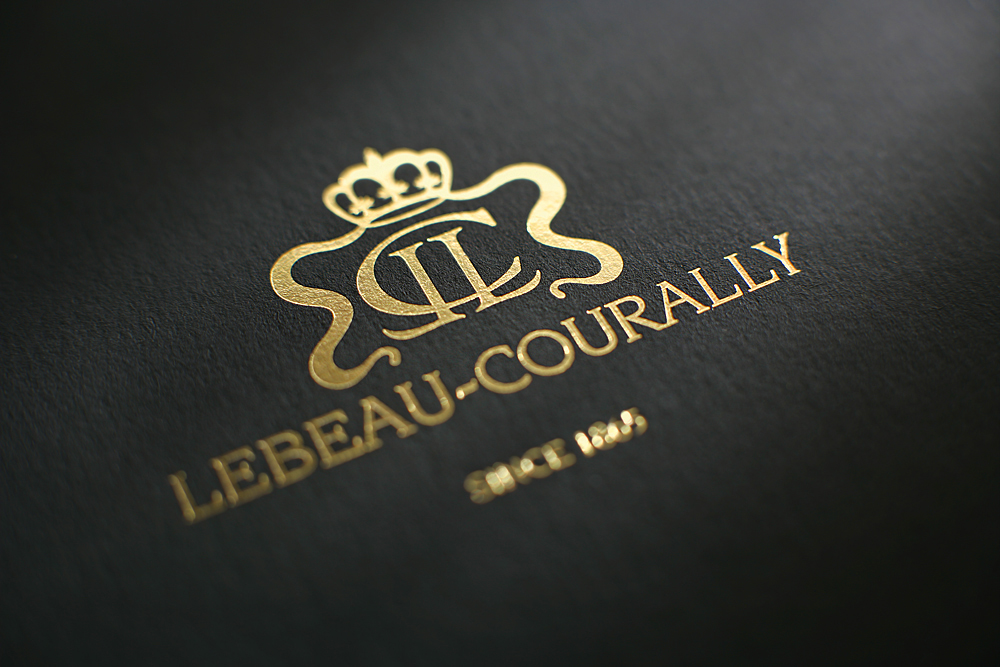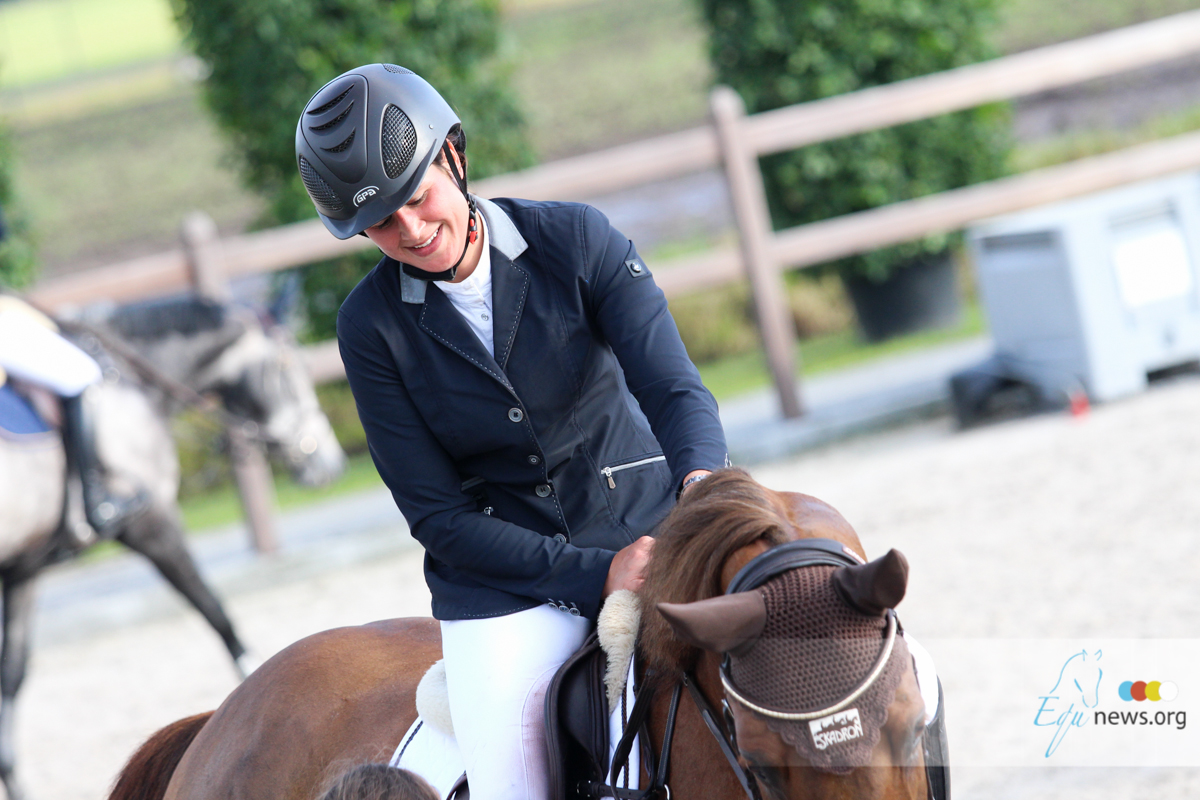What is the most suitable surface for the stall? The bedding you choose make a big difference for your horse's comfort and your ease of cleaning. To find the right bedding you will likely need to try several before you find 'the one'. This all while taking in account several criteria such as the cost, ease of use, storage availability, durability, etc. Most common used bedding is straw. It is inexpensive but requires room to store. Even more it might take a bit longer to muck out your horse's 'hotel room'. Further you might consider to treat straw as you would hay—inspect it for mold and mildew when it arrives, and store it off the ground and in a dry space. Straw can be eaten by horses, and many bedded on straw will nibble on it, so make sure your horse has no medical reasons to not consume small amounts of straw. Horses that are on strict diets also shouldn't be snacking on straw. Straw is not always the most absorbent of bedding choices, although oat straw is typically the most absorbent type. For this reasons, be sure your stall floor drains well or is lined with another bedding type to manage your horse’s urine. Shavings are readily available in most areas, and you are likely to run into many varieties at your local tack or feed shop. Shavings are often classified by their size, the mini-flake being tiny and the large being, you guessed it, large. Imagine each large flake about the size of a quarter. Generally speaking, the smaller flakes are more absorbent, and the larger flakes are fluffier and sometimes harder to pick the manure from. Sawdust is sometimes used for bedding as well. Its very absorbent, but at the same time dusty, and the fine particles pose a health hazard to your horseʼs lungs. You may also want to try wood pellets, which are usually pine. These wood pellets are about the size of a food pellet. When wet, the pellets expand into a soft and absorbent bedding. The best way to use them is to get them just a little wet after bedding the stall with them, so the pellets become soft to discourage your horse from nibbling them. As urine is added to the area, they will fluff up even more. They can absorb so much moisture that you may not need to remove the wet spots from your stall for days. A few other notes about shavings and wood products! Be sure to purchase them from a shavings manufacturer and not your local mill. Shavings and sawdust from mills are not screened, processed, cleaned, kiln dried and may contain harmful spores, bugs, and even wood from trees that are toxic to horses, like red maple and black walnut. You may have also heard about rice hulls as a bedding option. These come in similar packaging to shavings, and are significantly smaller than most medium and large shavings. They are relatively dust free, absorb urine well, and are easy to pick manure from. Some horses like to munch on them, but most decide they donʼt taste that good after a few bites! They may not be available in your area just yet. Peat moss is also a bedding option in some areas, although finding a supplier is tricky and costs quickly multiply if you need to ship it in. Peat is a fine organic material that absorbs more than most other bedding options. It can be quite dark, and therefore somewhat unappealing to look at, but most horses arenʼt concerned with the color. The softness of peat moss is a great bonus to horses. If you can find it, shredded newspaper is a great bedding to use for horses. It’s easily composted, highly absorbent, and safe. The shredding process removes sharp edges, and no need to worry about the ink—it’s soybean based and safe too. Just as with peat moss, it may take some getting used to regarding the look of it in a stall! The major benefit of shredded newspaper is the lack of dust, perfect for the sensitive or allergic horse. Whatever bedding you choose, you will need to experiment with how to best clean it. Some beddings, such as shavings, are wonderful to use the deep litter bedding system with. For this cleaning method, only the wet spots and manure are removed, and the used bedding remains with fresh added on top. After several weeks, there is a deep bed that is packed down by your horse. Rice hulls can also be managed this way. For horses that act as swirling tornadoes in their stall, you may need to experiment with how to best clean the stall. You also have the option of combining bedding, so that your horseʼs stall becomes more of an engineered manure and urine system. If you are blessed with a horse that urinates only in one spot, you can pile the pellets there, and cover it and the rest of the stall with a soft large shavings flake to get the benefits of both. Or try newspaper on the bottom, straw on the top! You have lots of options—have fun trying it out! © chronofhorse/equnews
Choose your bedding!
-
categories: Lifestyle



